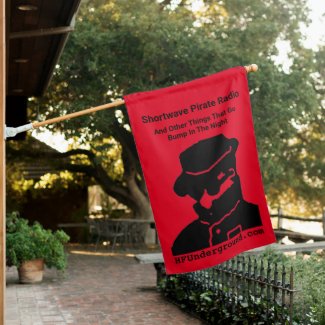Hey ff, thanks for the comments, and I appreciate the kind words about my site! I'm planning on getting an improved version of the article out with these suggestions (with credits to this forum!).
One thing I would add is a 0.1 uF cap to ground on the V+ side of your 3.3 uH choke. That will work with the choke to help keep RF out of your voltage feed.
I added a 100uF capacitor at the RFC as a voltage stabilizer. Would the 0.1uF be enough capacitance? I guess it depends on the stability of the power supply. I've usually used a higher value electrolytic as voltage stabilizers. One structure I've seen in similar circuits, is a 100uF capacitor and a 0.1uF in series at the RFC. I assume there is a reason for this, but it just looks like a 99.9uF capacitor to me.
Also, using two 100K as a divider sets your gate bias point at 6V. In this situation there's no reason to make the IRF amplify linearly. The higher the bias point, the hotter the IRF will run because it will be conducting for longer portions of the cycle. A single gate resistor to ground will set the gate impedance. I normally use one between 1K-10K, but that's just my fetish  .
.
For some reason my IRF510 stops working if I just add a single resistor bias on the gate. If I lower the voltage with the divider it starts working. I'm really not sure why this is, as I believe it's suppose to operate with a 12v input. I might edit the divider though to bring the voltage up to +9 or +10v and see if it still operates. Maybe I have some knock off FET's, although I bought them from a reputable source.
And Ole makes great points - use a 0.1 uF coupling cap in the drain circuit followed by a C-L-C LPF. This will improve your output waveform by reducing the harmonic energy.
Yes, for sure if I was to use this in any serious way. I've plugged it into the altoids low pass filter I've previously created just to see how it cleans things up, although that filter is for 40m, so it's not really ideal. It is improving the waveform on the harmonics in that range though.
At the moment I'm just using the canned crystal oscillator as a simple RF source to amplify. I don't plan to keep it in a final design, but I do find it interesting to be able to max the power output of these things. I usually build things out in stages, and then combine into something more useful -- It's all a learning experience for me. One project I have in queue, is to better understand some standard crystal oscillator designs, and once I'm happy with a configuration, combine the two into a QRP transmitter. Baby steps



 .
. ..
..
